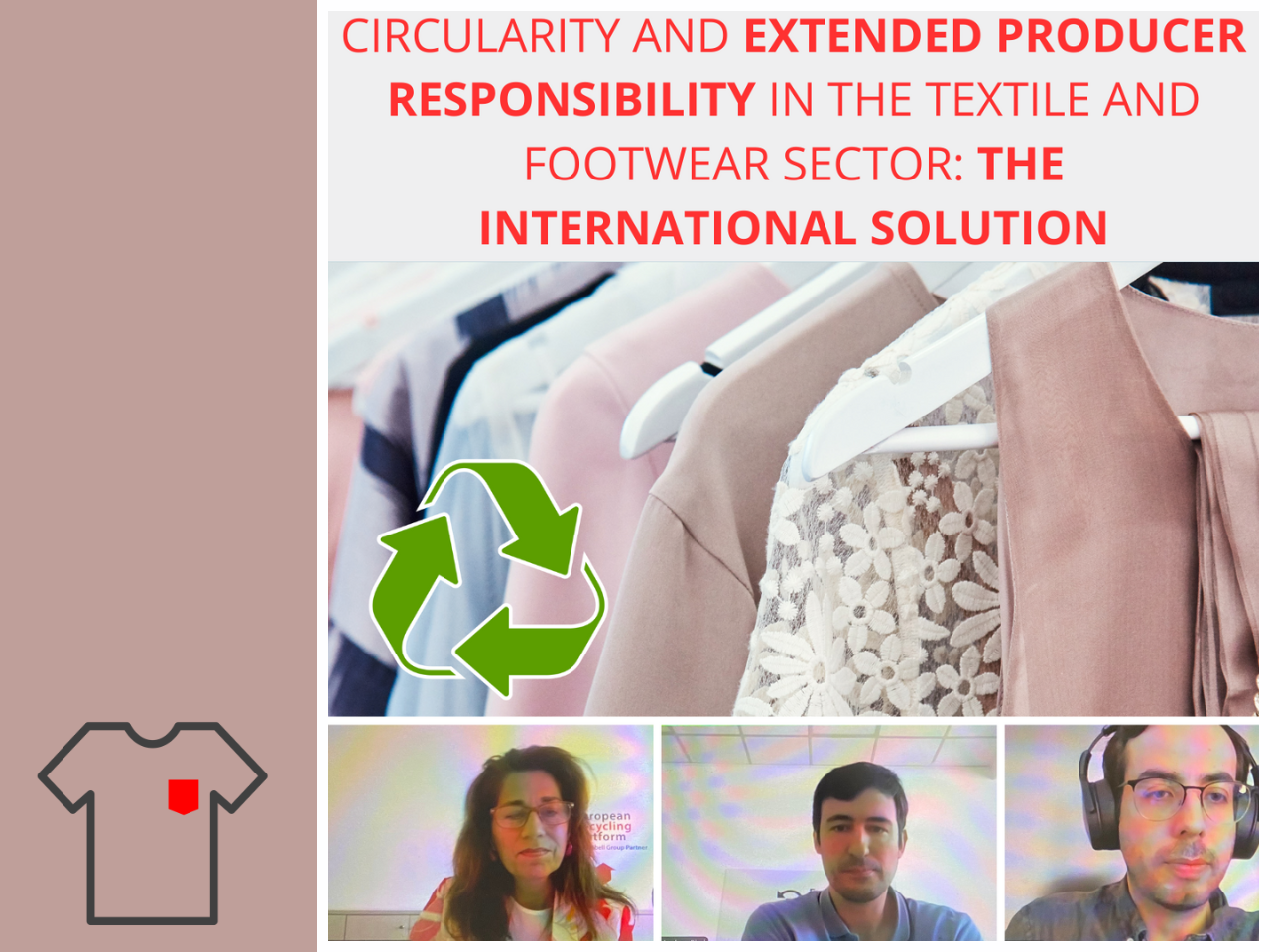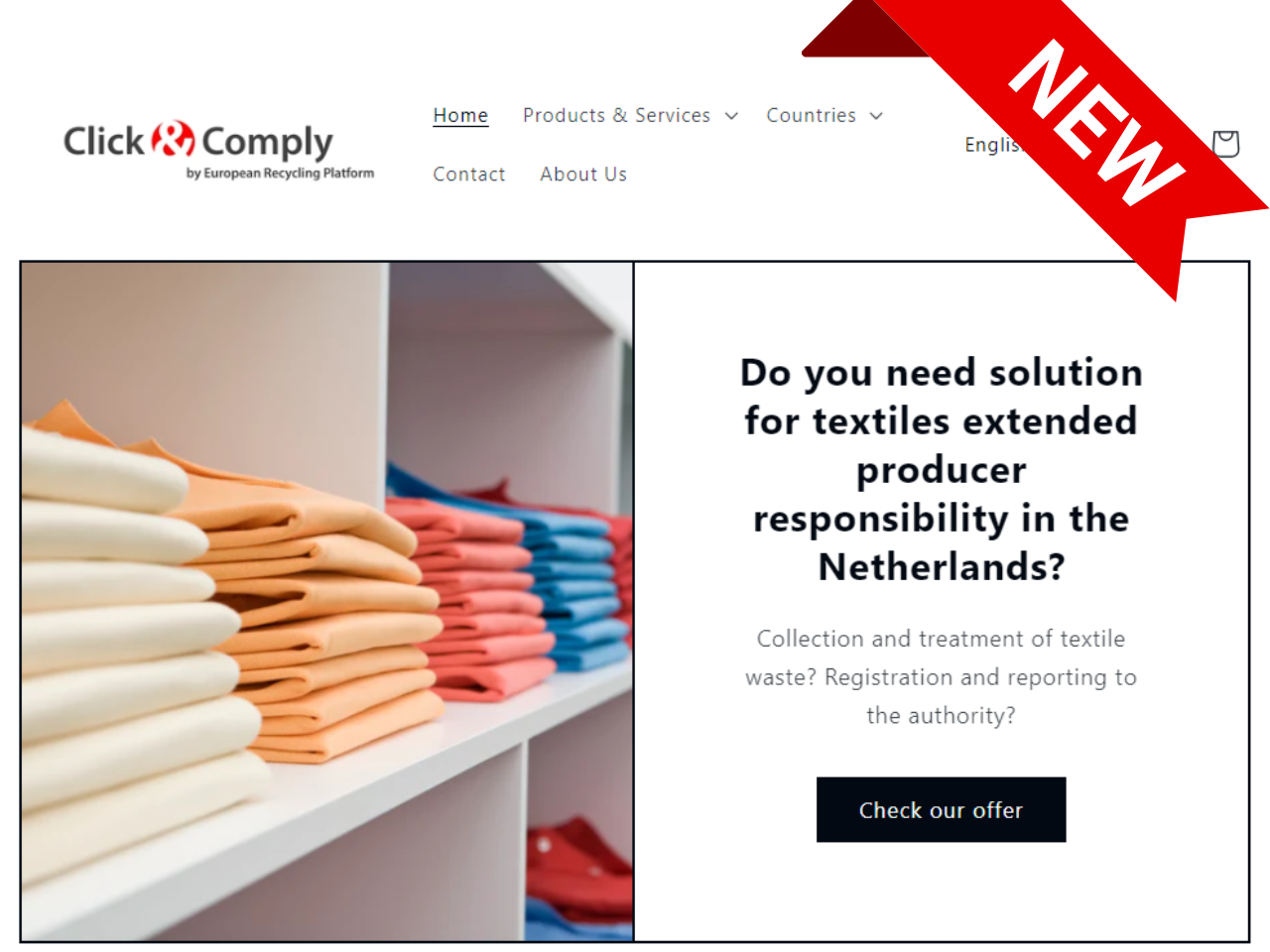What’s happening with regard to chemical regulations internationally? Here are some updates we’ve prepared for you for September 2022.
Later changes to tonnage bands in REACH registration now possible
The European Chemicals Agency (ECHA) has decided on a change in the registration of substances under the REACH Regulation. Companies are now able to change information on the so-called tonnage band if no decision on the dossier evaluation has been taken. The tonnage band is relevant, among other things, for the information obligations the company must fulfil.
Changes to the tonnage band are also possible after the decision on the dossier evaluation. In this case, ECHA must be informed and the dossier updated accordingly. However, a downgrading of the tonnage band is only possible if the company provides corresponding evidence of the quantity of their substance imported or manufactured in the previous calendar year.
If you have any questions about the change or need support with registration, please contact the H2 Compliance team.
Revision of REACH regulation likely to be delayed
Preparations for the planned revision of the Regulation on Registration, Evaluation, Authorisation and Restriction of Chemicals (REACH) continue. The European Commission is currently evaluating the results of various stakeholder workshops and consultations that have taken place on different aspects of the regulation in recent weeks and months. Given the large number of unresolved issues, it appears that the recast will be postponed. Instead of the fourth quarter of this year, the Commission could publish its legislative proposal at the beginning of next year.
In terms of content, the revision aims to gradually phase out the most harmful substances unless they are essential for the functioning of society. In addition, the Commission wants to extend the so-called generic approach to risk management to the most harmful classes of chemicals both in consumer products and in some professional uses. The current micromanagement in the authorisation process could be replaced by introducing broader derogations applying to all companies for a particular use, rather than checking every applicant individually.
There are also signs of a delay in the planned revision of the Regulation on Classification, Labelling and Packaging of Substances and Mixtures (CLP), with a legislative proposal unlikely to be presented before next year.
The European Commission has also delayed the publication of its proposal on the revision of the EU’s Directive on the Restriction of Hazardous Substances (RoHS) in electrical and electronic equipment (EEE) until the first quarter of 2023.
It is understood that the Commission is considering finalising the REACH review and its proposal for a Regulation on ecodesign for sustainable products before completing the RoHS review.
California Proposition 65 – latest updates
The California Safe Drinking Water and Toxic Enforcement Act of 1986 – also known as Proposition 65 (“Prop 65”) – is a statute that requires businesses to inform Californian consumers, residents, and workers about exposures to chemicals known to the state to cause cancer, reproductive toxicity, or birth defects.
California’s Office of Environmental Health Hazard Assessment (OEHHA) maintains and updates a list of approximately 900 chemicals.
Under Prop 65, businesses are required to provide “clear and reasonable” warnings if they are knowingly or intentionally exposing individuals to a listed chemical, unless the business can show that the exposure is below a level which does not pose a significant risk of cancer or below a level observed to cause birth defects or reproductive harm.
To comply with Prop 65, sellers and manufacturers in California must determine if warnings are required for substances in their products or used onsite through proper testing and exposure assessment.
Landbell Group company, H2 Compliance helps sellers and manufacturers navigate and comply with Prop 65 and monitor frequent developments and changes to the regulation. See one of its latest updates here.
Consultations and legislative initiatives
REACH
- Per- and polyfluoroalkyl substances (PFASs). Deadline: 23/09/2022
- N,N-dimethylacetamide (DMAC); 1-ethylpyrrolidin-2-one (NEP). Deadline: 20/12/2022
- Terphenyl, hydrogenated. Deadline: 20/12/2022
Call for evidence on skin sensitisers in consumer mixtures. Deadline: 30/09/2022
CLP
Harmonised classification and labelling consultations
8 CLH consultations ongoing on various substances
Sign up for our monthly
report COMPASS here:
Your email











